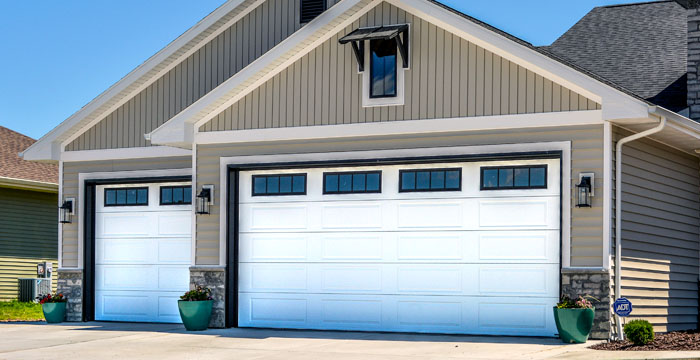A garage door spring is a critical component that supports the weight of the garage door, enabling smooth and controlled movements. However, due to wear and tear over time, garage door springs can break or become inefficient, necessitating repairs. Repairing garage door springs can be a daunting task, but with the right steps and techniques, it can be done effectively and safely.

- Safety First: Before attempting any repair, prioritize safety. Ensure you have the necessary protective gear, such as safety glasses and gloves, to shield yourself from potential injuries.
- Assess the Type of Spring: Garage doors typically have two types of springs – torsion springs and extension springs. Torsion springs are located above the door, while extension springs are situated on the sides. Understanding the type of spring is crucial as it determines the repair approach.
- Identify the Problem: Thoroughly examine the springs to determine the issue. Common problems include rust, fraying, or visible gaps in the spring. Identifying the problem accurately is vital for effective repairs.
- Release Tension: If dealing with torsion springs, release the tension before attempting any repairs. Use a winding bar to unwind the springs carefully. This step is critical to prevent injuries and ensure a safer repair process.
- Gather Necessary Tools: Depending on the repair, you may need specific tools like winding bars, pliers, wrenches, and replacement springs. Having the appropriate tools ready will streamline the repair process.
- Remove and Replace the spring: If the spring is beyond repair, carefully remove it using the necessary tools. Ensure you purchase the correct replacement spring based on the garage door specifications. Attach the new spring securely, following manufacturer guidelines.
- Balance the Door: Balancing the garage door is essential for smooth operation and longevity of the springs. Adjust the tension in the springs using winding bars to achieve proper balance.
- Test the Door: Once the repairs are completed and the door is balanced, test it to ensure it functions correctly. Check for any unusual noises, jerky movements, or misalignment. Make necessary adjustments if needed.
- Lubricate Moving Parts: Apply lubricant to the springs and other moving parts of the garage door to reduce friction and extend their lifespan. Regular lubrication helps maintain optimal performance.
- Regular Maintenance: To prevent future issues, establish a regular maintenance schedule for your garage door. Inspect the springs, cables, and other components for signs of wear and tear, and address any concerns promptly.
In conclusion, garage door spring repair requires careful assessment, proper safety measures, and the correct tools. Understanding the type of spring and go now following the necessary steps and techniques will ensure a successful repair that enhances the functionality and longevity of your garage door. Always prioritize safety and, when in doubt, consult a professional for assistance.
